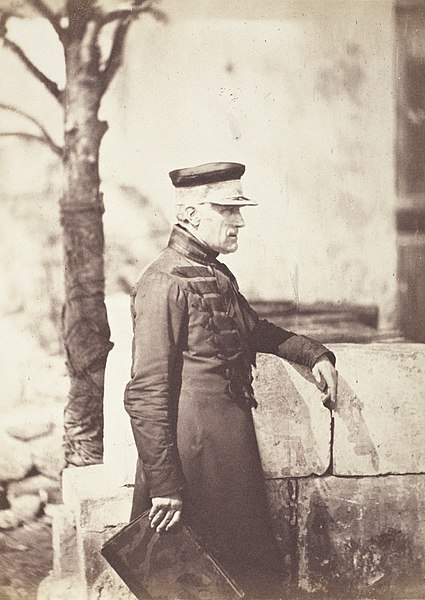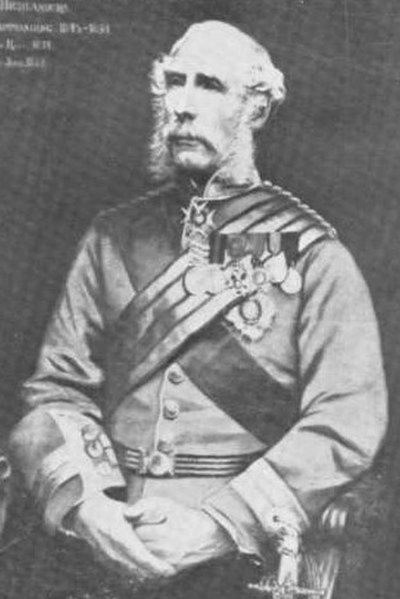Horse Sand Fort is one of the larger Royal Commission sea forts in the Solent off Portsmouth, Hampshire, England. The fort is one of four built as part of the Palmerston Forts constructions. It is 200 feet (61 m) across, built between 1865 and 1880, with two floors and a basement and armour-plated all round.
Horse Sand Fort
Horse Sand Fort in 1940
Other ranks sleeping quarters in Horse sands sea fort, 1940
6-inch Breech Loading (BL) gun on top of Horse Sand Fort, 1940 (IWM H 4618)
Royal Commission on the Defence of the United Kingdom
The Royal Commission on the Defence of the United Kingdom was a committee formed in 1859 to enquire into the ability of the United Kingdom to defend itself against an attempted invasion by a foreign power, and to advise the British Government on the remedial action required. The appointment of the Commission had been prompted by public concern about the growing military and naval power of the French Empire and was instigated by the Prime Minister, Henry Temple, 3rd Viscount Palmerston, who came to be closely associated with the project. In the following year, the Commission's report recommended a huge programme of fortification to defend the country's arsenals and naval bases. Many of the recommendations were acted upon; however, the great expense, the length of time taken to complete the various works and their perceived usefulness were all subjects of critical political, press and public debate.

The entrance to Crownhill Fort in Plymouth; one of the fortifications recommended by the 1859 Royal Commission.
The French fleet leaving Cherbourg under steam and sail in 1858; the growth of the French Navy was a cause of grave concern in the United Kingdom.
Major-General Sir Henry David Jones
Major-General Duncan Alexander Cameron








